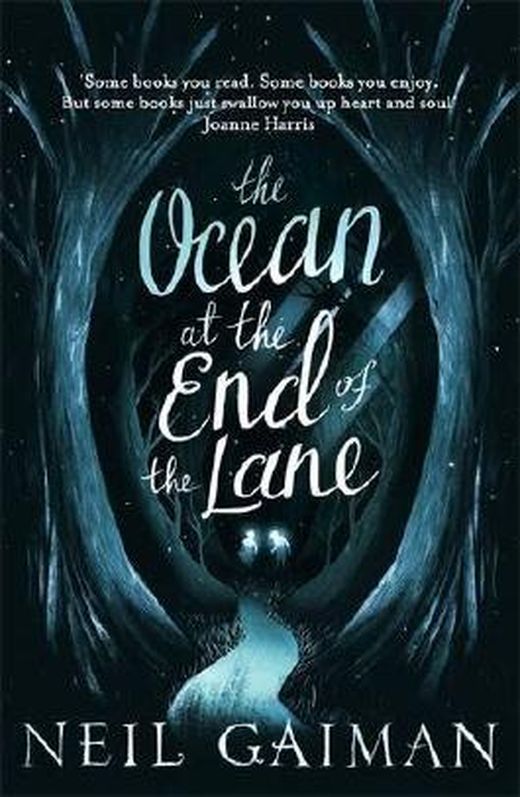

However, the chronotope in fantasy fiction is a rather complex notion. element, having narrative, plot-generating, representational, and semantic significance, and providing the basis for distinguishing generic types (Bemong, Borghart 2010). "The intrinsic connectedness of temporal and spatial relationships that are artistically expressed in literature" was termed as chronotope by Bakhtin. In Gaiman"s works, time and space are major elements, playing a key-role in his narratives. Neil Gaiman is a renowned British author of fantasy, science fiction novels, children"s books and short stories. Fictional texts by Margaret Atwood, Anne Hébert and Margaret Drabble provide the focus for an analysis of the complex exchanges, both narrative and symbolic, mediated by the mnemotope in the memory work of cultures and individuals.

Arguing that the poetic specificity of the bog body lies in its extraordinary capacity to abolish temporal distance and mediate between past and present, this article seeks to define the figure as a special kind of chronotopic motif, or mnemotope : a site of temporal compression, a space in which one time comes alive within another, manifesting the presence of the past. A reading of the genre's founding text, P.V.Glob's The Bog People, reveals a repertoire of tropes and topoi that will inform subsequent fictional treatments of bog body finds. Within the narrative poetics of the archaeological find, accounts of the discovery of beautifully preserved Iron Age bodies in the peatbogs of Northwestern Europe constitute a particularly complex, well-defined and resonant subgenre. This study offers a new methodology for academics and clinicians interested in the relationship between memory and identity. We argue that, when a new self-image is formed, it is associated with the encoding of memories that are relevant to that self and that remain highly accessible to the rememberer later in life. Memories generated from I am cues clustered around the time of emergence for that particular self image. In the present study, the relationship between memory accessibility and self was explored with a novel methodology that used generation of self images in the form of I am statements. This reminiscence bump has been suggested to support the emergence of a stable and enduring self. Autobiographical memories are not distributed equally across the life span instead, memories peak between ages 10 and 30.

The self-memory relationship is thought to be bidirectional, in such a way that memories provide context for the self, and equally, the self exercises control over retrieval (Conway, 2005).


 0 kommentar(er)
0 kommentar(er)
